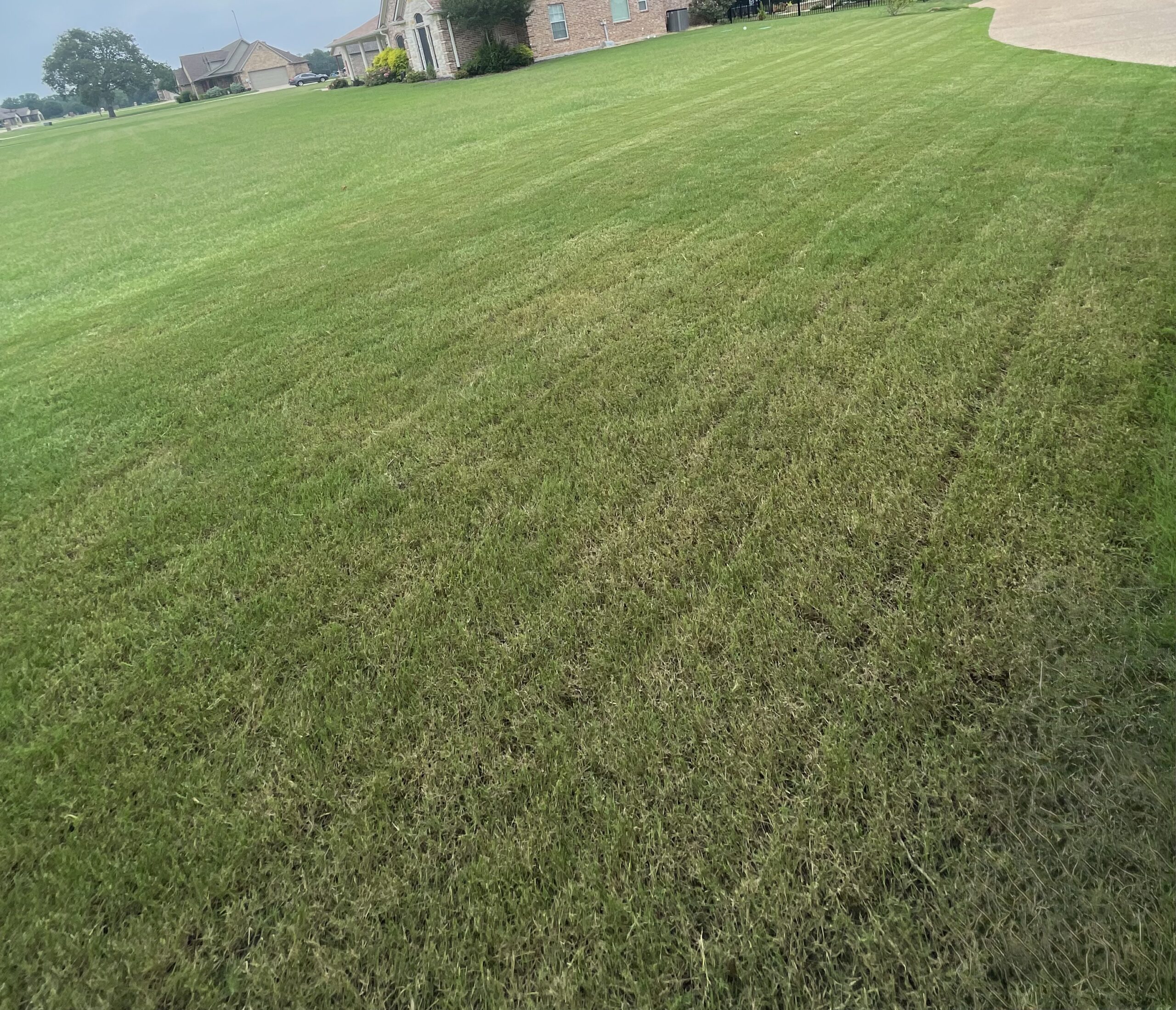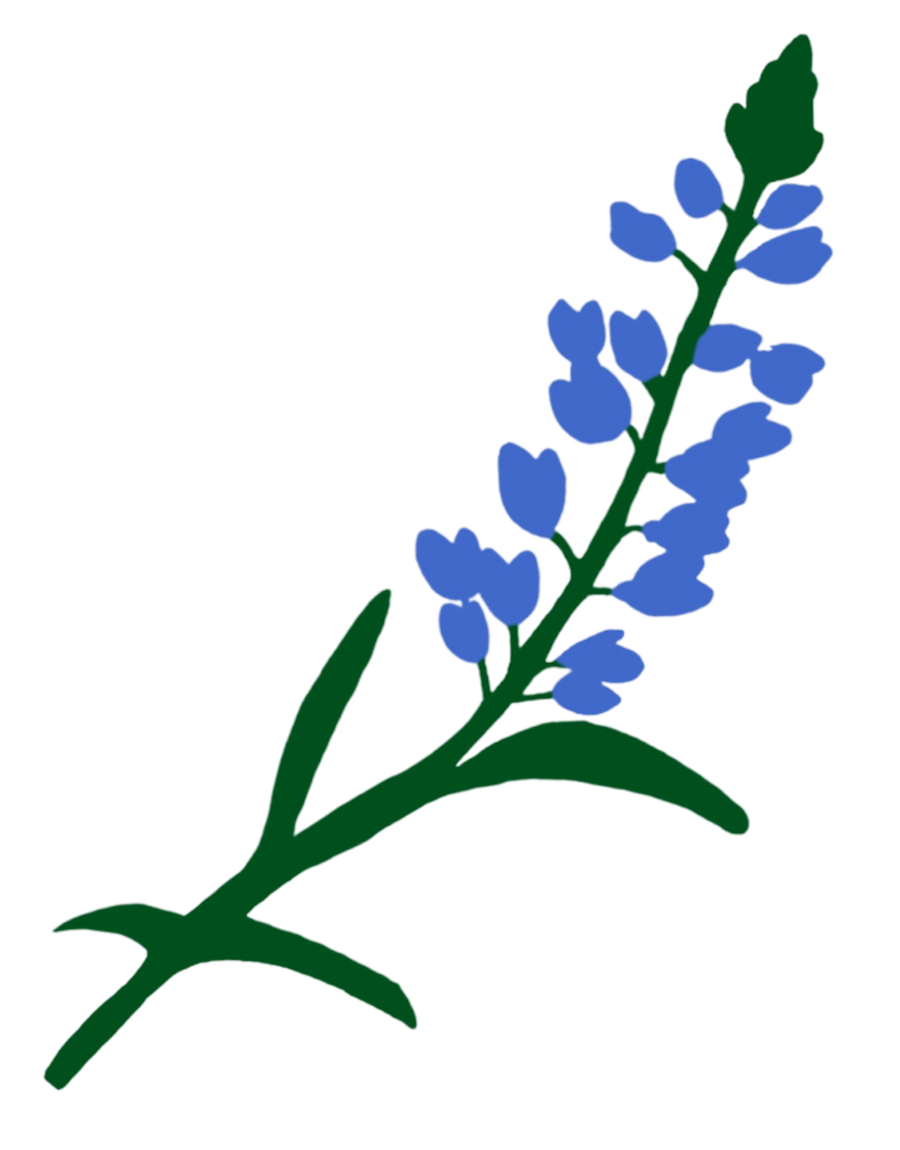Spring Lawn Care Made Simple

Understanding Seasonal Needs
In North Texas, warm-season grasses like Bermuda, Zoysia, and St. Augustine are prevalent. These grasses emerge from dormancy as temperatures rise, typically greening up in late March to early April. It's crucial to wait until your lawn is at least 50% green before initiating fertilization.
Key Maintenance Steps
1. Aeration: Core aeration is vital for alleviating soil compaction and promoting root growth. In the Dallas area, it's best to perform aeration in late spring, once the grass is actively growing.
2. Fertilization: Apply a balanced, nitrogen-rich fertilizer in early to mid-spring to encourage healthy growth. Ensure soil temperatures are consistently around 65°F before application.
3. Weed Prevention: Implement a pre-emergent herbicide in early spring, typically between mid-February and early March, to combat summer weeds like crabgrass. This proactive approach prevents weed seeds from germinating.
4. Mowing: Once your grass reaches its optimal height, begin mowing. For Bermuda grass, maintain a height of 1-2 inches; for St. Augustine, 2.5-3 inches is ideal. Regular mowing promotes dense growth and deters weeds.
What Are The Benefits?
1. Aeration: By relieving soil compaction, aeration allows water, oxygen, and essential nutrients to penetrate deeper into the soil, promoting robust root development. Aeration also helps break down thatch—a dense layer of organic material—that can impede water and nutrient absorption, leading to a healthier lawn.
2. Fertilization: Applying appropriate fertilizers replenishes soil nutrients, supporting vigorous grass growth and enhancing the lawn's color and density. A well-fertilized lawn is more resilient against pests and diseases, reducing the likelihood of infestations and turf damage.
3. Weed Prevention: By applying pre-emergent herbicides, weed seeds are prevented from germinating, ensuring that essential nutrients are available exclusively for your grass. Effective weed control maintains a uniform and aesthetically pleasing lawn, free from unsightly weed invasions.
4. Mowing: Regular mowing at the recommended height encourages the grass to grow thicker, which helps crowd out weeds and reduces the need for herbicides. Consistent mowing stimulates healthy growth patterns and prevents the grass from becoming too tall, which can lead to thatch buildup and disease susceptibility.
Long-Term Lawn Health
Consistent care is paramount. Establish a watering routine that delivers about 1 inch of water per week, preferably during early morning hours to minimize evaporation.

